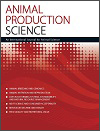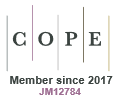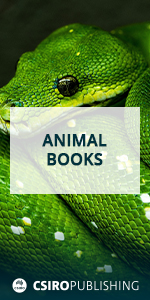Animal Production Science
Volume 65
Number 7 2025
Catastrophic spontaneous humeral fractures in young dairy cows have introduced significant challenges to New Zealand’s dairy industry, affecting animal welfare and farmers’ livelihoods. This review identifies poor bone formation and excessive bone removal as likely key risk factors leading to osteoporotic bones that fracture. Ensuring cows receive proper nutrition during key growth periods might help prevent these fractures and support a healthier, more productive dairy industry. Further research is essential to fully tackle this issue.
This article belongs to the collection: Australasian Dairy Science Symposium 2024.
Incorporating trees into crop–livestock systems (ICLS) plays a vital role in mitigating climate change by sequestering carbon in plants and soil. Our study showed that integrated systems can yield up to 573 kg/ha in areas typically fallow in winter; however, integrating beef heifers grazing cool-season grasses with immature Eucalyptus grandis trees negatively affected forage production, animal performance and tree quality. These results highlight the need for careful selection of trees, planting density, and arrangement to optimize the benefits of ICLS.
In this study, the digestion, fermentation profile and the microbiota associated with two different quality roughages (Astragalus glycyphyllos and lucerne hay) in the rumen were investigated in vitro. The composition and diversity of the microbiota colonizing the rumen significantly affect the digestion and fermentation of feeds, and thus the growth performance of animals. It was observed that these results are very important in terms of improving the efficiency of nutrient utilization of roughages in the desired direction.
The inclusion of carbon sequestration in trees and soils to offset greenhouse gas emssions (GHGe) in agricultural carbon accounts, also known as carbon insetting, is a rapidly growing area of interest. Through a livestock enterprise case study, we demonstrated that although soil and tree carbon sequestration can produce low net emissions systems, they cannot maintain zero net emissions indefinitely. Whereas GHGe are continuous over time, sequestration eventually plateaus, further establishing the need for methods that avoid GHGe.
Xylanase is an enzyme that breaks down xylan, a key plant cell wall component, into simpler sugars. In weaned pigs, whose digestion is still maturing, xylanase supplementation aids in breaking down fibrous feed, enhancing nutrient absorption.
This study investigated the effects of AM/PM feeding on free-range laying hens via several welfare, behaviour and health parameters. The AM diets (12.5 MJ AME/kg, 20.1% CP, 2.5% Ca) were provided from 08:00 hours to 16:00 hours, and the PM diet (10.8 MJ AME/kg, 17.5% CP, 5.6% Ca) from 16:00 hours to 08:00 hours. AM/PM feeding demonstrated possible benefits for laying hen welfare, including the reduction in feather pecking and improved outdoor activity and bone health.





